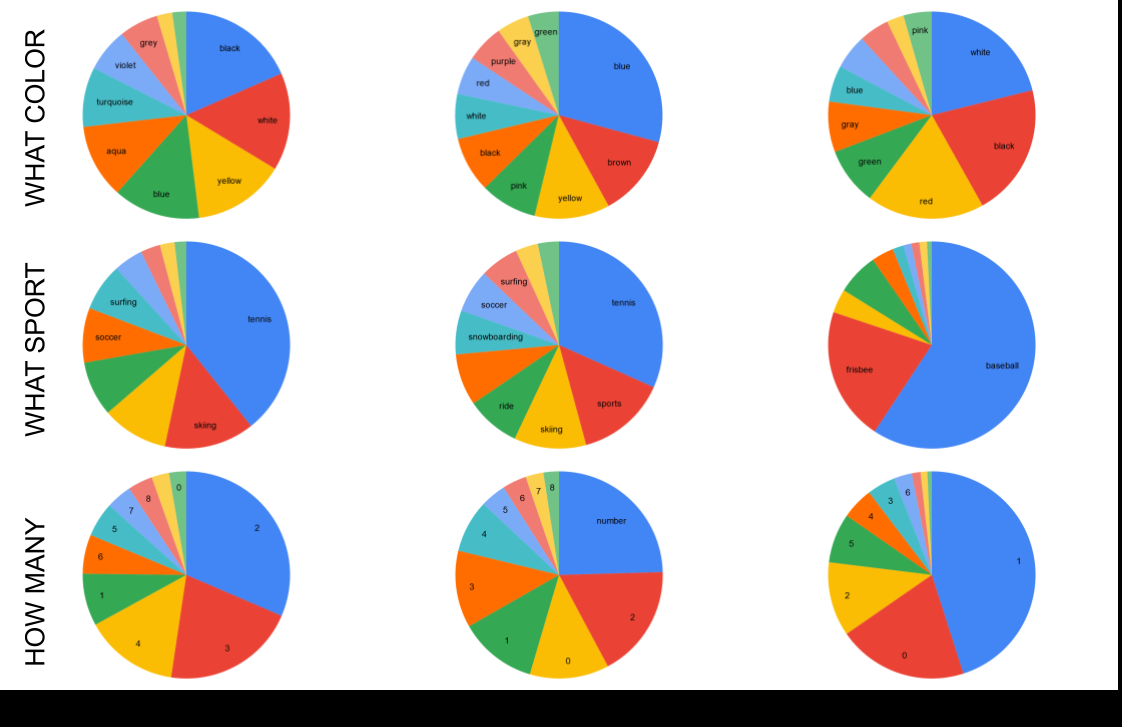What Can We Learn from Collective Human Opinions on Natural Language Inference Data?
Yixin Nie, Xiang Zhou, Mohit Bansal
Semantics: Sentence-level Semantics, Textual Inference and Other areas Long Paper

You can open the pre-recorded video in a separate window.
Abstract:
Despite the subjective nature of many NLP tasks, most NLU evaluations have focused on using the majority label with presumably high agreement as the ground truth. Less attention has been paid to the distribution of human opinions. We collect ChaosNLI, a dataset with a total of 464,500 annotations to study Collective HumAn OpinionS in oft-used NLI evaluation sets. This dataset is created by collecting 100 annotations per example for 3,113 examples in SNLI and MNLI and 1,532 examples in αNLI. Analysis reveals that: (1) high human disagreement exists in a noticeable amount of examples in these datasets; (2) the state-of-the-art models lack the ability to recover the distribution over human labels; (3) models achieve near-perfect accuracy on the subset of data with a high level of human agreement, whereas they can barely beat a random guess on the data with low levels of human agreement, which compose most of the common errors made by state-of-the-art models on the evaluation sets. This questions the validity of improving model performance on old metrics for the low-agreement part of evaluation datasets. Hence, we argue for a detailed examination of human agreement in future data collection efforts, and evaluating model outputs against the distribution over collective human opinions.
NOTE: Video may display a random order of authors.
Correct author list is at the top of this page.
Connected Papers in EMNLP2020
Similar Papers
Learning from Context or Names? An Empirical Study on Neural Relation Extraction
Hao Peng, Tianyu Gao, Xu Han, Yankai Lin, Peng Li, Zhiyuan Liu, Maosong Sun, Jie Zhou,

MUTANT: A Training Paradigm for Out-of-Distribution Generalization in Visual Question Answering
Tejas Gokhale, Pratyay Banerjee, Chitta Baral, Yezhou Yang,

COMETA: A Corpus for Medical Entity Linking in the Social Media
Marco Basaldella, Fangyu Liu, Ehsan Shareghi, Nigel Collier,

